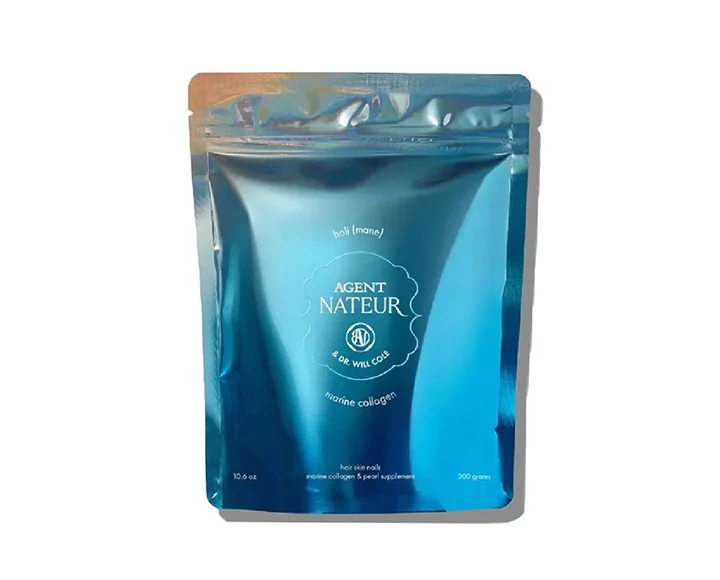holistic expert Erica Chidi is helping expectant mothers across LA demystify the natural pregnancy experience. From nutrition to birthing plans to self-care, this woman has a bead on the issues pregnant mommies need to know about more than anyone we’ve ever met. In true Chalkboard form, Erica handles the wide array of mama needs with a stylish twist. We knew our readers would love her.
We’ll be featuring Erica’s expert insights on mommyhood in a small series of posts fresh from her popular classes named the mama circle, educational farm-to-table gatherings for expectant moms. Since we’re not the shy types, we asked Erica to break down one of the mommy topics that freaks people out the most: the placenta.
Certainly, we understand all the squimishness on this topic. And yet, we’re amazed that women’s own bodies actually produce this perfect resource to match their own postpartum body’s needs. Squimishness aside, we’re not quick to dismiss something nature has clearly designed. Follow along as Erica gets into the nitty-gritty with us!
The Chalkboard Mag: Erica, let’s be honest. Nothing disturbs people more about birth and pregnancy than talking placenta.
Erica Chidi: You’re right! Most people are genuinely spooked by it, or really curious, but you know what’s funny? Most people don’t actually know what it is, or its true function.
TCM: What is the placenta exactly?
EC: It’s a vital organ and the hearth of pregnancy. One side is attached to the uterine wall of the mother and the other side is connected to the baby via the umbilical cord. It’s essential to the baby’s development, and provides nutrition, oxygen and waste removal, and protects the baby from harmful bacteria and foreign molecules. Plus it’s hormone central. Estrogen, progesterone and vital nutrients like iron are synthesized and emitted by the placenta. Once it’s delivered during birth, that hormone- and nutrient-rich reservoir is depleted. This rapid hormone depletion is actually the catalyst of the “baby blues” that most women experience during the first three to five days after birth.
TCM: So, the placenta is rich in almost exactly what a mother’s body lacks after pregnancy and birth? It almost sounds like a custom supplement?
EC: Exactly. I would say it’s a perfectly formulated postpartum supplement. By consuming the placenta (scientific term: placentophagy), new moms can take back some of the nutrients and hormones that were lost during birth.
TCM: What are the benefits of consuming the placenta?
EC: There are numerous benefits. But chiefly, women who consume their placenta report a quicker recovery period, increased energy, improved mood — even an absence of the “baby blues” and a boost in their milk supply. I’ve also had some clients notice improvement in their hair, skin and nails.
TCM: How has the placenta been viewed and used traditionally and in ancient cultures?
EC: In other cultures, it’s revered as an elemental part of the recovery process in the postpartum period. For centuries in traditional Chinese medicine, dried placenta has been used medicinally and has been given to new mothers as a medicinal aid to help promote healing, lactation and energetic balance.
TCM: Would you share a brief testimony of a positive result?
EC: I had client who wanted nothing to do with her placenta after the birth of her first child. She experienced a mild bout of postpartum depression and also quite a bit of hair loss. For her second birth, she knew she wanted to create a buffer for herself, so she decide to encapsulate her placenta and have a raw smoothie shortly after birth. During the following weeks, she had much more energy than the first time around, experienced no depression symptoms and had little or no hair loss.
TCM: How can women who hear what you’re saying, but are still squeamish, make good use of the placenta without much fuss?
EC: As a doula and chef, I often make raw placenta smoothies with organic berries and grass-fed milk for clients who want to go that route. If you’re not working with a doula, or squeamish about going raw, I would hire a reputable placenta encapsulator. An encapsulator will pick up the placenta once it has been delivered (the nurse will pack it up and keep it on ice until it’s collected) and encapsulate it into easy-to-swallow pills, or into a tincture, if you prefer. No fuss, no mess. There’s usually no more than a 24-48 hour turnaround before your pills are delivered to your door.
TCM: Why are you so passionate about warming people up to this idea?
EC: Every new mother needs all the support she can get during the postpartum shift. It’s an incredible time of deep love, bonding and self-discovery, but it’s also physically and emotionally demanding, as her body heals and she adapts to the rhythm of motherhood. Incorporating the placenta during that time can be incredibly additive to the healing process and positively impact her and her family.













